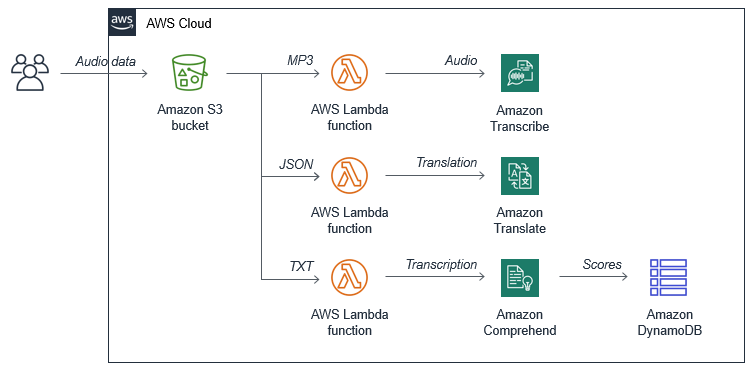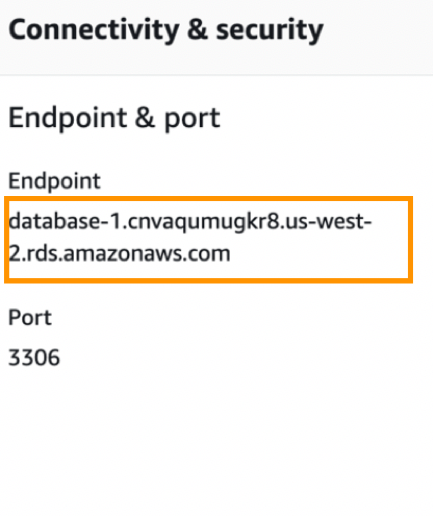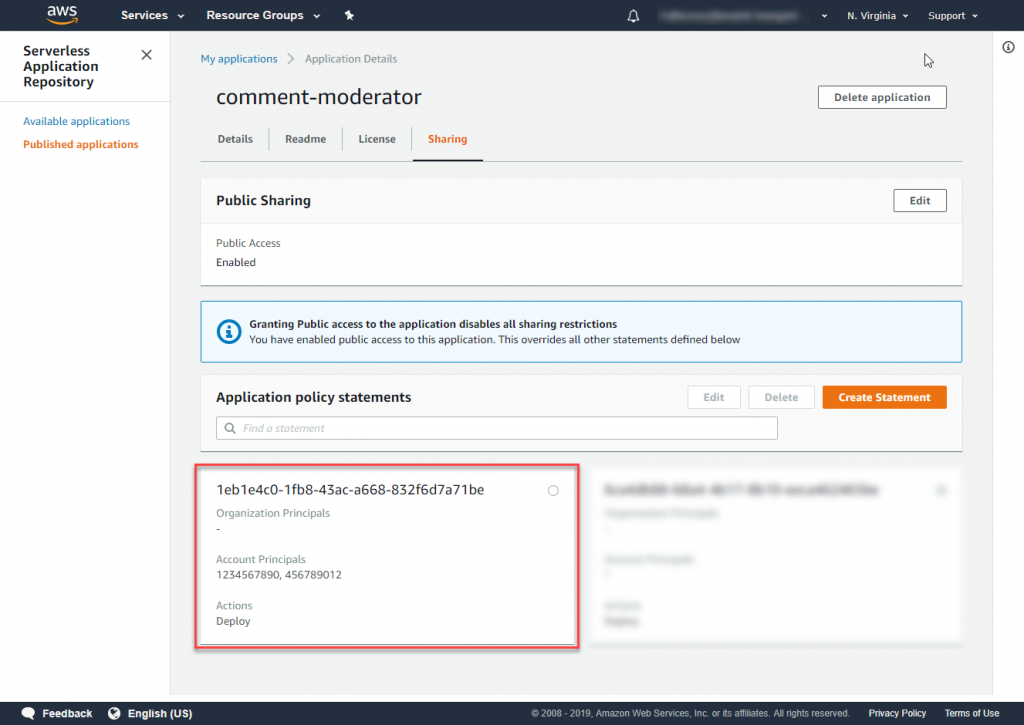AWS Compute Blog
Announcing AWS Lambda support for .NET Core 3.1
This post is courtesy of Norm Johanson, Senior Software Development Engineer, AWS SDKs and Tools. From today, you can develop AWS Lambda functions using .NET Core 3.1. You can deploy to Lambda by setting the runtime parameter value to dotnetcore3.1. Version 1.17.0.0 AWS Toolkit for Visual Studio and version 4.0.0 of the .NET Core Global Tool […]
Converting call center recordings into useful data for analytics
Many businesses operate call centers that record conversations with customers for training or regulatory purposes. These vast collections of audio offer unique opportunities for improving customer service. However, since audio data is mostly unsearchable, it’s usually archived in these systems and never analyzed for insights. Developing machine learning models for accurately understanding and transcribing speech […]
Building a Raspberry Pi telepresence robot using serverless: Part 1
A Pimoroni STS-Pi Robot Kit connected to AWS for remote control and viewing. A telepresence robot allows you to explore remote environments from the comfort of your home through live stream video and remote control. These types of robots can improve the lives of the disabled, elderly, or those that simply cannot be with their […]
Building a Photo Diary on Amazon Lightsail with Ghost
This post was written by Robert Zhu, Principal Developer Advocate at AWS. Ghost is a simple and flexible alternative to WordPress. With Ghost, you can build a beautiful company website, personal portfolio, photo diary, or anything in between. In this post, I show you how to start a photo diary using Ghost on Amazon Lightsail, […]
Enabling job accounting for HPC with AWS ParallelCluster and Amazon RDS
This post is written by Nicola Venuti, HPC Specialist SA, and contributed to by Rex Chen, Software Development Engineer. Introduction Accounting, reporting, and advanced analytics used for data-driven planning and decision making are key areas of focus for High Performance Computing (HPC) Administrators. In the cloud, these areas are more relevant to the costs of the […]
Amazon Lightsail Database Tips and Tricks
This post is contributed by Mike Coleman | Developer Advocate for Lightsail | Twitter: @mikegcoleman Managed Databases on Amazon Lightsail are affordably priced, and incredibly easy to run. Lightsail databases offer a solid foundation on which to build your application. You can leverage attractive features like one-click high availability, automatic backups, and a choice of […]
Improving Transparency of AWS Elastic Beanstalk
This post is courtesy of David LaBissoniere, Software Development Manager, AWS Elastic Beanstalk. Today I want to discuss two recent announcements from the AWS Elastic Beanstalk team which improve transparency into our planning and development. We launched a new public roadmap, and we shifted to developing the Elastic Beanstalk command line interface (EB CLI) on […]
Building faster, lower cost, better APIs – HTTP APIs now generally available
In July 2015, AWS announced Amazon API Gateway. This enabled developers to build secure, scalable APIs quickly in front of a variety of different types of architectures. Since then, the API Gateway team continues to build new features and services for customers. Figure 1: API Gateway feature highlights timeline In early 2019, the team evaluated […]
The AWS Serverless Application Repository adds sharing for AWS Organizations
The AWS Serverless Application Repository (SAR) enables builders to package serverless applications and reuse these within their own AWS accounts, or share with a broader audience. Previously, SAR applications could only be shared with specific AWS account IDs or made publicly available to all users. For organizations with large numbers of AWS accounts, this means […]
Configuring and using monitoring and notifications in Amazon Lightsail
This post is contributed by Mike Coleman | Developer Advocate for Lightsail | Twitter: @mikegcoleman We recently announced the release of resource monitoring, alarms, and notifications for Amazon Lightsail. This new feature allows you to set alarm thresholds on your Lightsail instances, databases, and load balancers. When those alarm thresholds are breached, you can be […]








